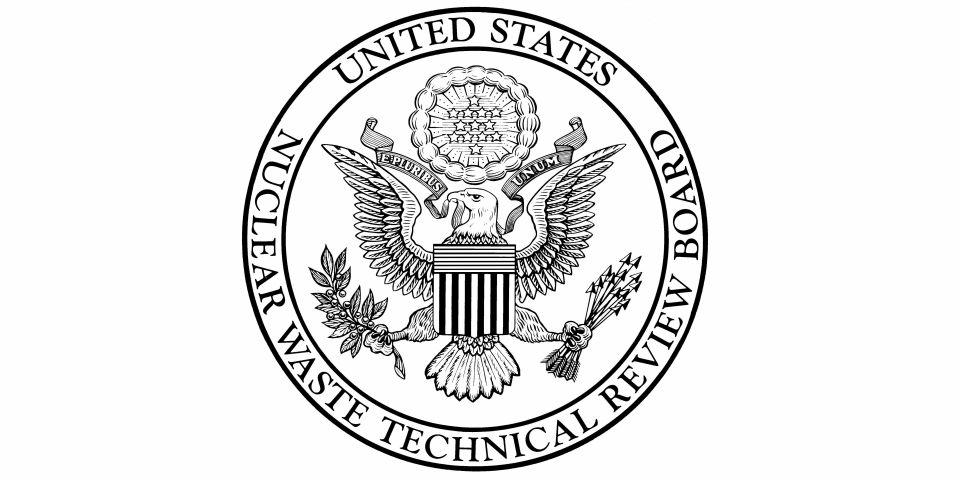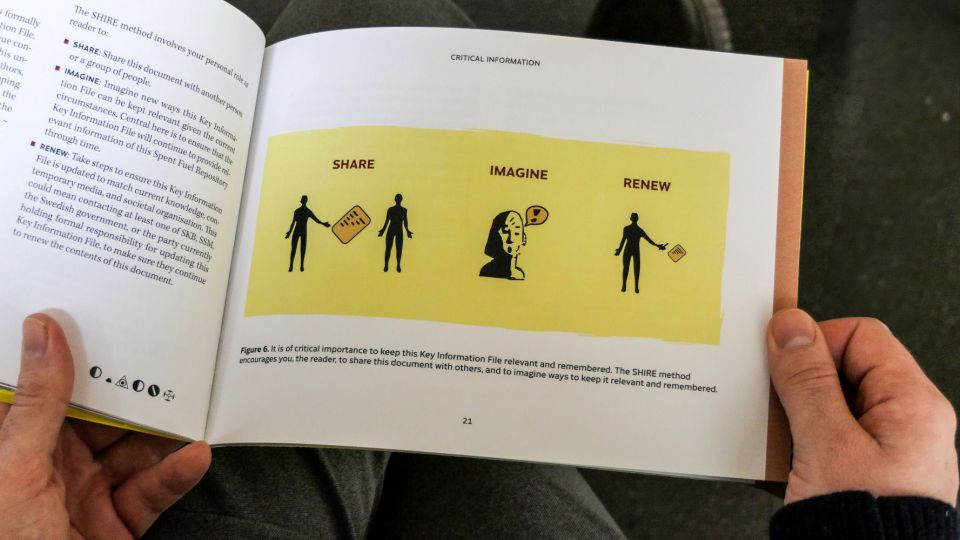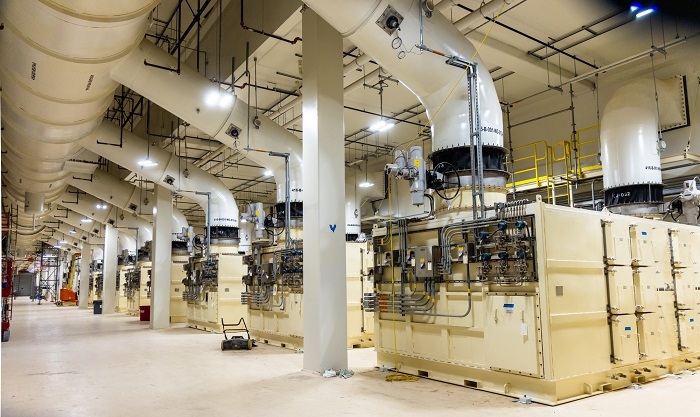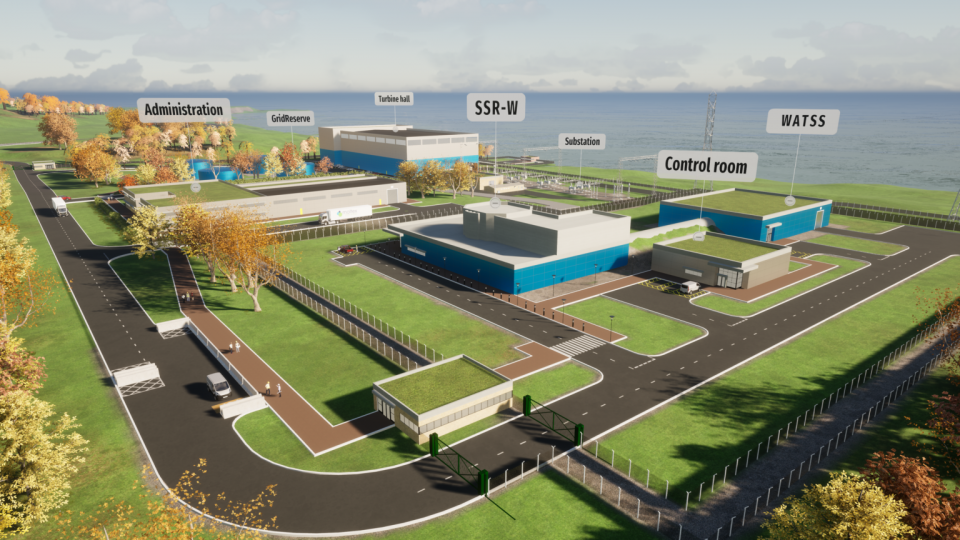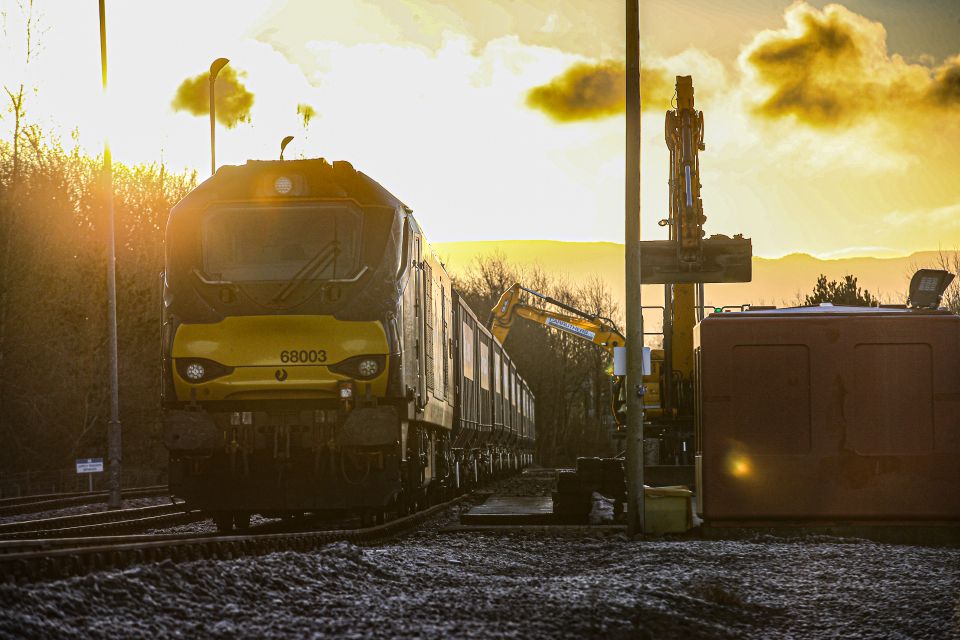Samples of the treated waste were to be sent for laboratory testing to ensure it meets the criteria for safe transportation and disposal, DOE-EM announced on October 29. Depending on its classification, the mixed low-level radioactive waste will be disposed of at either EnergySolutions’ facility near Clive, Utah, or Waste Control Specialists’ facility in Andrews County, Texas.
The process: Hanford tank operations contractor Washington River Protection Solutions (WRPS) completed the treatment phase of the TBI demonstration project using an ion exchange column that was placed inside Tank SY-101, a double-shell in Hanford’s 200 West Area containing more than a million gallons of waste.
WRPS removed radionuclides, mainly cesium and strontium, and other solids from the 2,000 gallons of tank waste, removing more than 98 percent of the radioactivity, according to DOE-EM. WRPS removed the waste from the tank’s liquid supernate. During years of storage, the waste in the tank separated, with solids containing insoluble long-lived radionuclides settling to the bottom and a low-activity liquid supernate rising to the top.
The treated waste was decanted into six process totes, which will be sent to an off-site facility where the liquid will be solidified into a grout form before being shipped for disposal. The totes are scheduled to be processed in March 2025, according to DOE-EM.
A YouTube video of the treatment process can be seen here.
Quotes: “The TBI demonstration project does not impact operations to immobilize tank waste in glass under the Direct-Feed Low-Activity Waste Program and supports the department’s goal to consider additional options for safely and efficiently treating low-activity waste at Hanford,” said Katie Wong, with DOE-EM’s Tank Farms Programs Division.
“This was an exciting project for our operations team,” said Peggy Hamilton, WRPS Retrievals & West Operations manager. “Removing waste from a tank is nothing new, but using a treatment system placed inside a tank is something we have not done at this scale on the Hanford Site, and it’s an exciting accomplishment.”
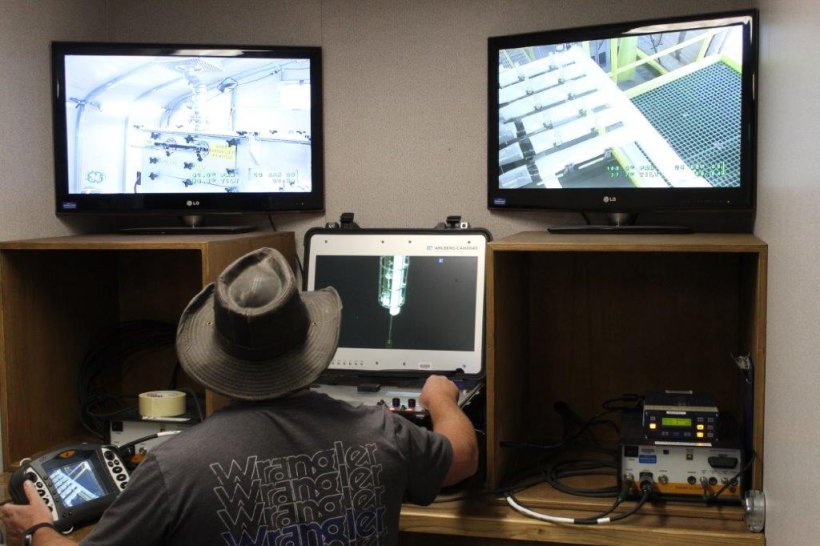


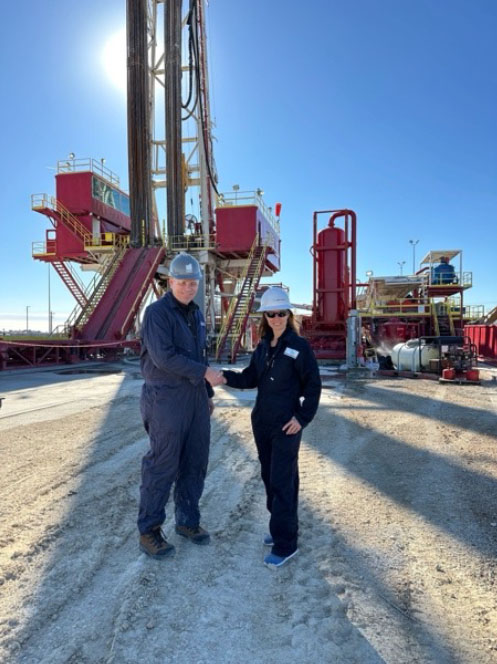.jpg)

